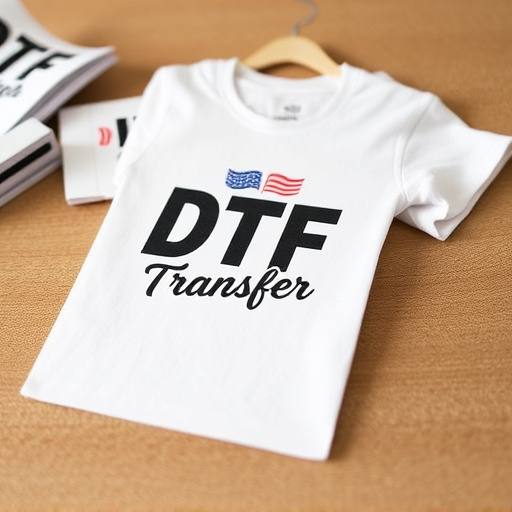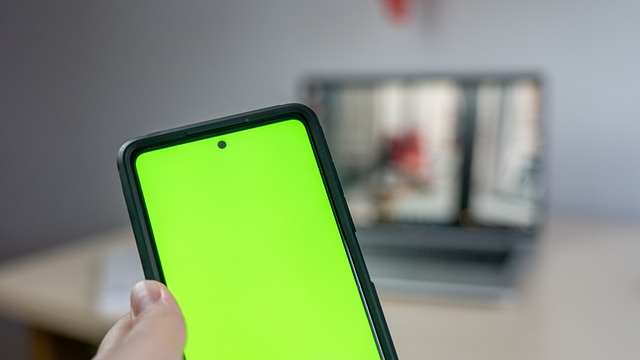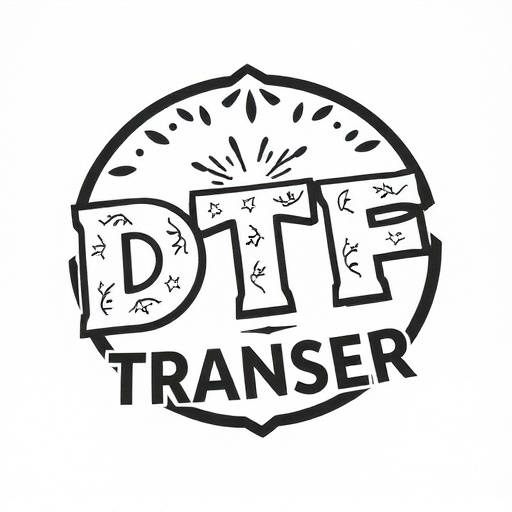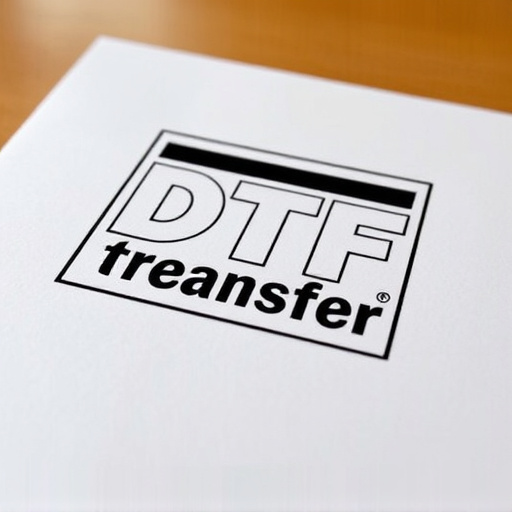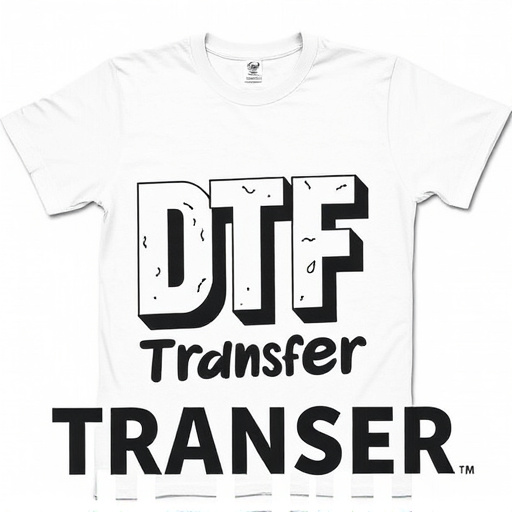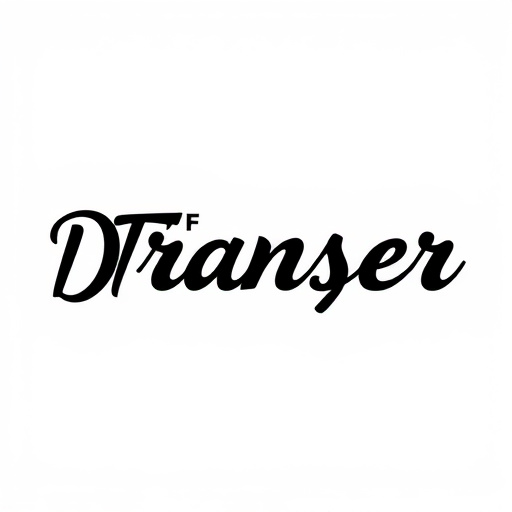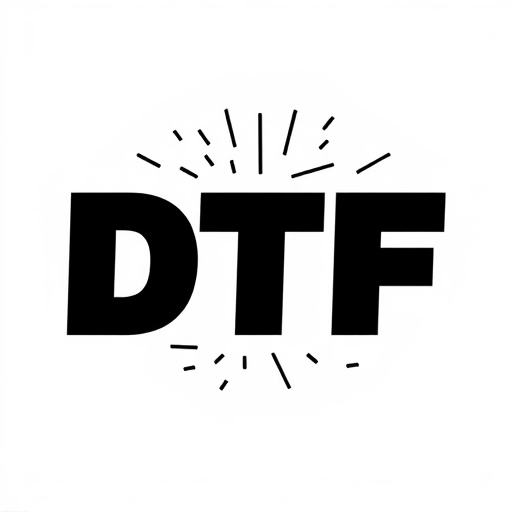DTF (Direct-to-Fabric) transfer is a modern printing method revolutionizing textile production, especially on polyester fabrics. It omits traditional techniques, offering efficiency and versatility for various applications. The process involves digitally preparing artwork, pre-treating fabric, applying adhesive, and using a DTF printer to precisely print designs, which are then fused into fibers during a heated press. This technology ensures vibrant, durable prints with excellent washability and lightfastness on apparel, home decor, and more. DTF has evolved from a small business game-changer to a mainstream option, empowering creative expression in apparel design and marketing. Choosing the right polyester fabric, high-quality transfer films, proper surface preparation, precise printing, and post-print treatments are crucial for optimal DTF print results.
“Unleash the power of film transfers with a revolutionary process—Direct-to-Textile (DTF) Printing. This innovative technique has transformed the way we adorn polyester fabrics, offering endless design possibilities. In this comprehensive guide, we explore the intricate world of DTF Transfers. From understanding the foundational process to unraveling its technological advancements, you’ll gain insights into achieving exceptional prints. Discover the ideal polyester fabric choices and master key considerations for flawless DTF results. Prepare to dive into a realm where creativity meets material science.”
- Understanding DTF Transfer: An Overview of the Process
- The Evolution of DTF Printing: From Technology to Application
- Choosing the Right Polyester Fabric for DTF Transfers
- Key Considerations in Achieving High-Quality DTF Prints
- Common Challenges and Solutions in DTF Transfer Formulation
- Case Studies: Successful Implementations of DTF Transfers on Polyester
Understanding DTF Transfer: An Overview of the Process

The Direct-to-Fabric (DTF) transfer process is a cutting-edge technique that has revolutionized the way we print on textiles, especially polyester fabrics. This innovative method eliminates the need for traditional screen printing or heat pressing, making it an efficient and versatile option for various applications. DTF involves transferring ink directly onto the fabric’s surface using specialized equipment, allowing for high-quality, long-lasting prints.
During the DTF transfer process, custom-designed artwork or graphics is first prepared digitally. This digital file is then optimized for the specific type of polyester fabric and ink chosen. The fabric is typically pre-treated to ensure better adhesion, and a thin layer of heat-sensitive adhesive is applied. The design is then precisely printed onto the adhesive using a DTF printer, which fuses the ink particles directly into the fabric fibres during a heated pressing step. This results in vibrant, durable DTF prints that are both washable and lightfast, making them suitable for apparel, home decor, and more.
The Evolution of DTF Printing: From Technology to Application

The evolution of Direct to Fabric (DTF) printing, or DTF Transfer as it’s also known, has revolutionized the way we produce custom prints on polyester fabrics. This technology emerged from advancements in inkjet printing and digital imaging, enabling precise and vibrant DTF prints. Initially, DTF was a game-changer for small businesses and entrepreneurs looking to create unique, on-demand garments without the need for intricate screen printing processes.
Over time, the technology has matured, enhancing both the quality and efficiency of DTF transfer. Modern DTF printers utilize advanced inkjet technology, delivering rich colors and fine detail directly onto the fabric surface. This evolution has made it accessible to a wider range of users, from small businesses to large-scale manufacturers, and opened doors for creative expression in apparel design and marketing strategies, allowing for truly personalized DTF prints.
Choosing the Right Polyester Fabric for DTF Transfers

When selecting a polyester fabric for DTF (Direct-To-Fabric) transfers, it’s crucial to consider factors like weight, smoothness, and dye-receptivity. Heavier fabrics provide better durability and a more professional finish, while smoother surfaces ensure that the DTF print adheres perfectly without bumps or imperfections. Fabrics with excellent dye-receptivity will yield vibrant, long-lasting DTF prints, enhancing the overall visual appeal.
Avoid rough or tightly woven materials as they can trap air between the fabric and the print, leading to potential transfer issues. Instead, opt for medium-weight polyesters that offer a balanced blend of strength, flexibility, and receptivity. This choice ensures optimal results for your DTF Printing projects, creating high-quality, long-lasting DTF prints.
Key Considerations in Achieving High-Quality DTF Prints
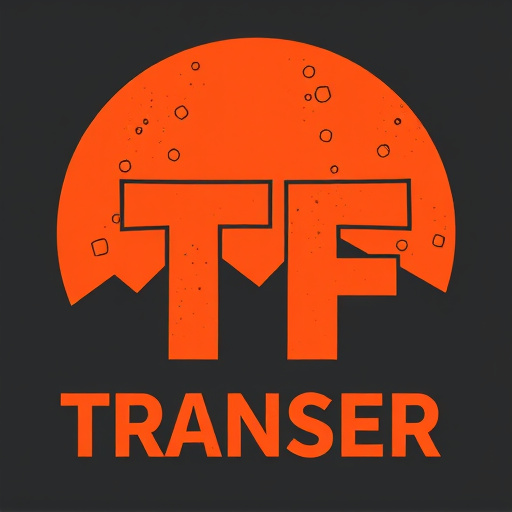
Achieving high-quality DTF (Direct to Fabric) prints involves several crucial considerations. First and foremost, the selection of appropriate polyester fabric is essential; different fabrics have varying capabilities to receive and retain ink, so choosing a suitable base material is key to optimal print outcomes. Additionally, the quality of the DTF transfer film is paramount; these films act as intermediaries between the design and the fabric, ensuring precise color reproduction and sharp detail.
Other factors include proper preparation of the fabric surface, which involves cleaning and conditioning to ensure ink adheres effectively. The printing process itself demands precision, with careful control over temperature, pressure, and exposure time during the heat press cycle to prevent smudging or fading. Furthermore, post-print treatments like curing and cooling are vital to set the inks permanently on the fabric, enhancing durability and washfastness of the final DTF prints.
Common Challenges and Solutions in DTF Transfer Formulation

In the realm of DTG (Direct-to-Garment) printing, utilizing DTF (DTF Transfer) technology presents unique challenges that require precise formulation and understanding of material interactions. One of the primary hurdles is ensuring optimal adhesion between the ink and polyester fabric, as this directly impacts print quality and durability of the final DTF prints. Formulators must carefully consider the chemistry of inks and adhesives, choosing components that effectively bond with polyester without causing adverse reactions or fading over time.
Solutions to these challenges involve meticulous selection of polymers and resins within the DTF transfer formulation. Incorporating specialized binders that seamlessly integrate with polyester fibers strengthens the ink-fabric bond, enhancing print longevity. Additionally, controlling moisture levels during the printing process is crucial; proper humidity ensures optimal ink wetting and adherence, resulting in vibrant, indelible DTF prints. By addressing these common challenges, DTG printers can harness the potential of DTF technology, delivering high-quality, durable designs on a variety of polyester fabrics.
Case Studies: Successful Implementations of DTF Transfers on Polyester

The Direct to Fabric (DTF) transfer process has gained significant traction in the textile industry for its ability to produce vibrant and durable prints on polyester fabrics. Case studies from various sectors illustrate the successful implementation of DTF technology, showcasing its versatility and effectiveness. For instance, clothing manufacturers have utilized DTF transfers to create unique, custom designs on apparel, allowing for mass customization at scale. These prints offer exceptional color saturation and detail, meeting the high-quality standards demanded by fashion brands and consumers alike.
Moreover, DTF has found application in promotional merchandise, where companies order bulk orders of branded items like tote bags, t-shirts, and caps. The direct printing method ensures that complex designs with fine lines and intricate details are accurately replicated on these products, making them appealing marketing tools. Successful DTF implementations also extend to decorative arts and home goods, such as custom-printed cushions, tablecloths, and wall hangings, where the ability to reproduce artistic visuals directly onto polyester fabrics has opened up new creative possibilities for designers and artisans.
